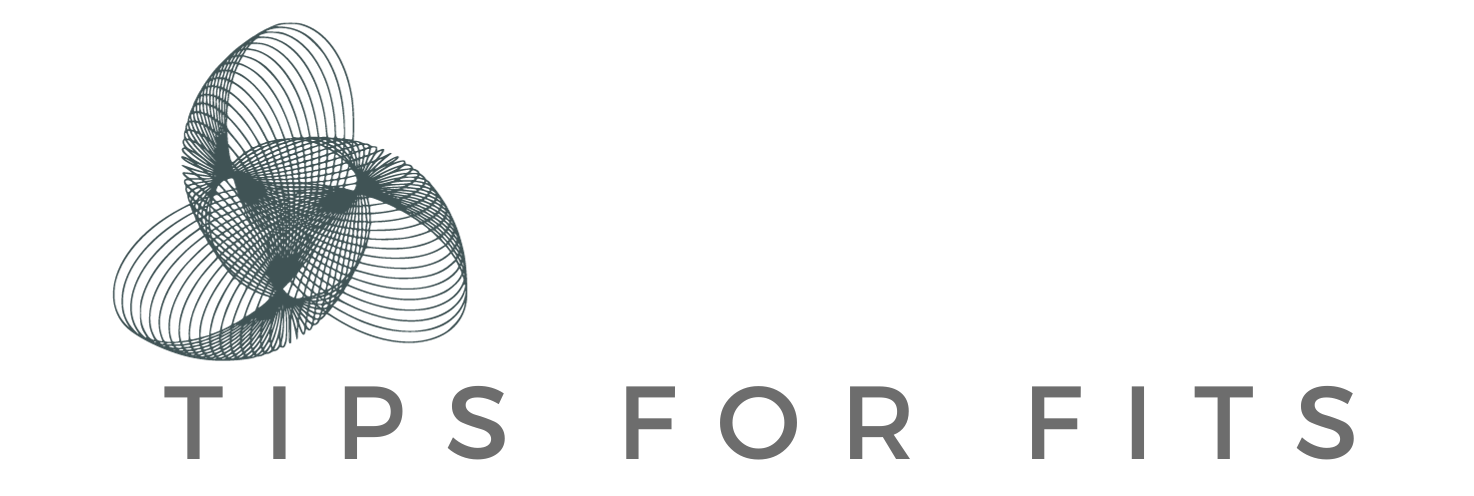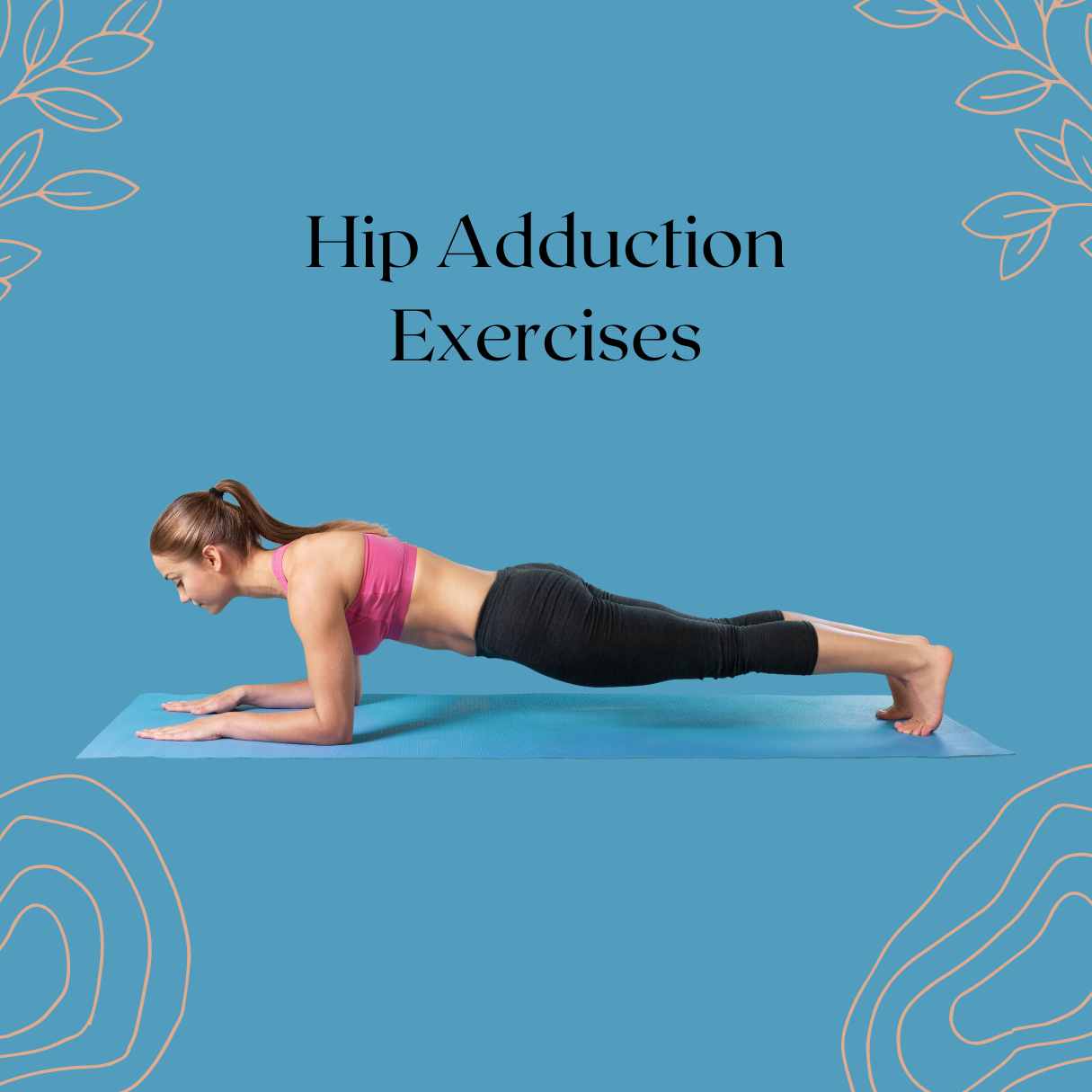Hip adduction exercises involve moving the leg towards the midline of the body. They target the inner thigh muscles, primarily the adductors.
Engaging in hip adduction exercises is essential for a balanced lower body strength training regimen. These exercises not only sculpt and tone the adductors but also help stabilize the pelvis, contributing to better posture and alignment. Regular practice can enhance athletic performance, decrease the risk of injuries, and support daily movements.
For those aiming to improve their lower body strength and stability, incorporating hip adduction movements, such as side lunges or cable machine adductions, can be exceptionally beneficial. By focusing on this key group of muscles, individuals can achieve a more comprehensive and symmetrical leg workout.
The Anatomy Of Hip Adductor Muscles
The hip adductor muscles are essential for stable movement. They are located in the inner thigh. Five important muscles make up this group. The muscles include the Adductor Longus, Adductor Brevis, Adductor Magnus, Gracilis, and Pectineus. These muscles play a vital role in bringing your legs together. They also help with stabilization during many activities.
These muscles support actions like walking, running, and jumping. Strong adductor muscles mean better control and balance of the legs. This is important for everyday tasks and sports. Exercises targeting these muscles can help prevent injuries. They can keep your hip joints healthy too.
| Muscle | Function |
|---|---|
| Adductor Longus | Moves thigh inwards |
| Adductor Brevis | Assists in hip adduction |
| Adductor Magnus | Works in leg adduction and extension |
| Gracilis | Enables leg adduction and flexion |
| Pectineus | Helps in flexing the thigh |


Credit: www.amazon.com
Benefits Of Hip Adduction Exercises
Hip adduction exercises greatly strengthen and stabilize the hip joint. This is crucial for maintaining balance and ensuring proper leg movement. By targeting the inner thigh muscles, individuals can see improved hip joint stability. This minimizes the risk of injuries related to falls or sudden shifts.
For athletes, these exercises translate into enhanced performance. Strong hip adductors contribute to a more powerful leg drive, essential in sports like soccer and track. Recovering from injury also becomes easier. Properly executed hip adduction exercises are key components in rehabilitation programs, aiding in a quicker return to physical activities. They help restore motion and minimize pain.
Preparation And Safety Tips
Starting a workout with cold muscles is risky. Always begin with a warm-up to prevent injuries. Aim for at least 5-10 minutes of light cardio. Think about jogging or jumping jacks. This increases your heart rate and blood flow. It warms muscles for the exercises to come. Follow with dynamic stretches such as leg swings or walking lunges. This helps improve your range of motion.
Focus on maintaining a straight back and stable posture during exercises. Feet should be flat on the ground, and movements slow and controlled. Align your knees with your toes. This stops stress on your joints. Engage your core muscles. Do not hold your breath; keep breathing steadily as you perform each exercise.
Top Hip Adduction Exercises
Hip adduction exercises are key for strength and stability. Standing cable hip adduction targets inner thigh muscles. To start, stand near a cable machine. Secure the cable to your ankle. Keep your body straight and pull your leg across your body. Do this smoothly.
Next, seated hip adduction machines focus on similar muscles. Sit on the machine with your legs apart. Push against the resistance to bring your legs together. Release slowly and repeat.
Side-lying leg lifts also work your inner thighs. Lie on your side with legs stacked. Lift the top leg, keep it straight, then lower it without touching the other leg.
Last, supine ball squeezes help with inner thigh tension. Lie on your back. Place an exercise ball between your knees. Squeeze the ball, hold, and release. Repeat this move for multiple reps.
Integrating Hip Adduction Into Your Workout Routine
Hip adduction exercises are crucial for a balanced leg workout. Such exercises target the inner thigh muscles, contributing to overall leg strength and stability. Building a routine that includes hip adduction will enhance mobility and prevent injury.
A well-structured workout should employ variation in exercise frequency and repetition ranges. Beginners might start with low repetitions and frequency, gradually increasing as they adapt. For optimal results, aim for two to three sets of hip adduction exercises twice a week.
Introduce progressive overload to your routine to stimulate continuous improvement. This means steadily increasing the resistance or volume of your exercises over time. By doing so, your muscles will constantly face new challenges, leading to better performance and growth.
| Week | Repetitions | Sets | Weight |
|---|---|---|---|
| 1-2 | 12-15 | 2 | Bodyweight |
| 3-4 | 10-12 | 3 | 5 lbs |
| 5-6 | 8-10 | 3 | 10 lbs |

Credit: www.facebook.com
Additional Tips For Maximizing Results
To boost hip adduction results, mix in cardio exercises. Cardio burns fat, making muscles stand out more. Safe options include cycling or brisk walking. These improve overall leg strength and endurance, aiding in better adduction exercises.
Eating the right foods is crucial for muscle growth and repair. Focus on proteins like chicken, fish, and legumes. Don’t forget about carbohydrates and fats, as they are energy sources. Consider meals with rice, vegetables, and avocados for balanced nutrition.
Cross-training with other leg workouts prevents muscle imbalances. It ensures overall leg strength and flexibility. Include squats, lunges, and leg presses in your routine. This variety challenges the muscles differently, which can lead to better performance and fewer injuries.


Credit: www.amazon.com
Frequently Asked Questions For Hip Adduction Exercises
What Are Hip Adduction Exercises?
Hip adduction exercises involve movements that bring your legs towards the midline of your body. They target the adductor muscles located in the inner thigh. Examples include the seated hip adduction machine, cable hip adductions, and lateral lunges.
How Do Hip Adductions Benefit You?
Performing hip adductions strengthens the inner thigh muscles. This can improve your overall leg stability, balance, and athletic performance. It also aids in injury prevention by supporting hip joint function.
Can Hip Adductions Slim Thighs?
Regularly incorporating hip adduction exercises can tone the inner thighs. However, spot reduction is a myth. For slim thighs, combine these exercises with cardiovascular activity and proper nutrition.
What Equipment Is Needed For Hip Adductions?
For hip adduction exercises, you can use machines, resistance bands, or bodyweight. Some exercises, like side lunges, require no equipment. Others, such as cable adductions, need gym equipment or accessories.
Conclusion
Strengthening the hips is key for stability and injury prevention. These hip adduction moves are your secret weapon for a solid lower body. Commit to incorporating them into your routine for noticeable results. Remember, progression takes time but consistency pays off.
Unleash the power of strong hips today!


[…] Essential Hip Adduction Exercises for Strong and Flexible Hips. Discover the many benefits of hip adduction exercises, from improving […]